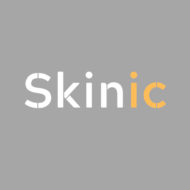Shaving triggers a high level of visible irritation on the skin and can serve as a form of over-exfoliation. This leads to a compromised lipid barrier (skins own natural defence). When the skin’s lipid barrier is compromised, there is an increase in moisture loss, which leads to dry, scaly, cracked, sensitised skin.
Skin dryness can increase skin’s susceptibility to a various number of shaving concerns, including Pseudofolliculitis barbae (ingrown hairs and razor bumps), razor burn and sensitivity.
A professional skin therapist can deliver a treatment to help minimise irritation, redness, ingrown hairs, and razor burn associated with shaving. He or she can also help control oily shine or dryness, and even provide tips on how to shave, which will help you manage and control shaving concerns. Lastly, a professional skin therapist can prescribe a customised shaving regimen to minimise nicks, cuts, redness and irritation while protecting skin from dryness and skin-ageing UV light.
TIPS
- Never shave against the hair growth. Double shave, gliding the blade in the same direction as hair growth.
- “Less is best” a single good quality razor blade is more effective than multiple blade razor. Fewer blades, less damage.
- Use soap-free mediums to shave. Unfortunately, most gels and foams contain soap. Soap will strip the skin of its own natural defence. Oil is by far the best medium, however, this may take practice to master.
- Apply a moisturiser with at least SPF30 365 days of the year, to moisturise and protect.

